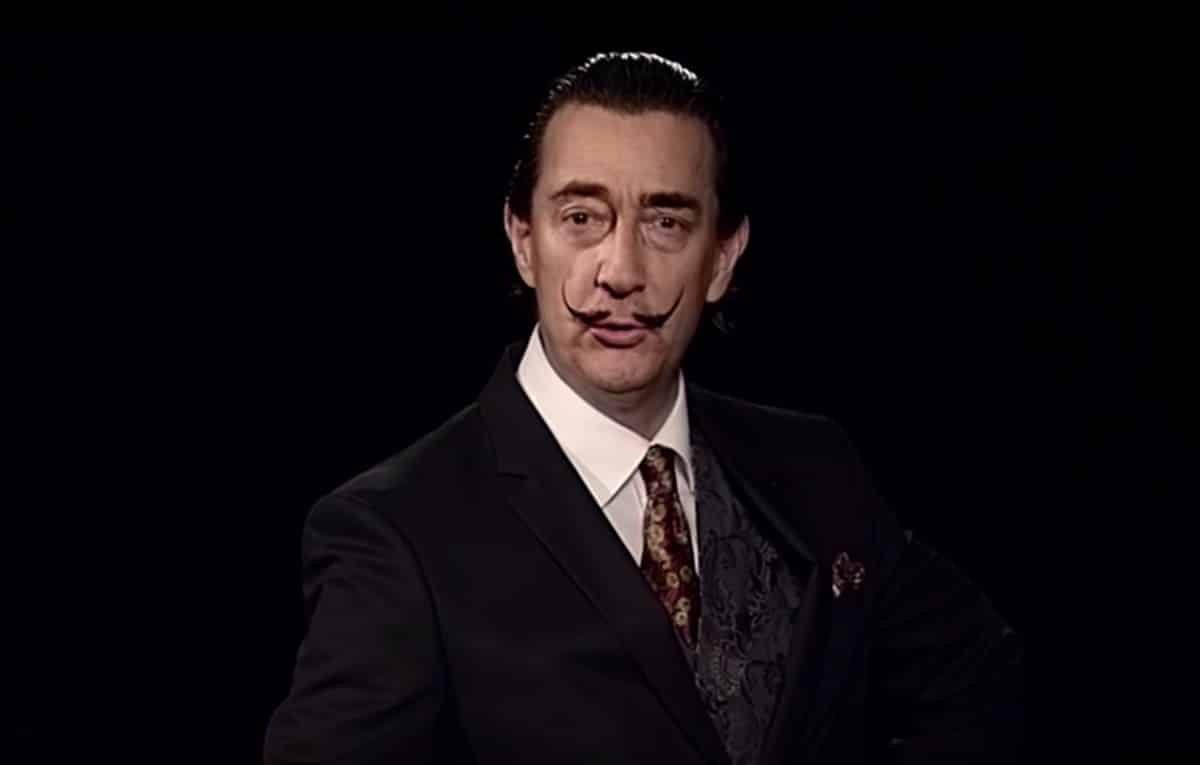
Call it creepy, or frightening, but it also is entertaining and educating: the use of ‘deep fake‘. When used for bad it is creepy and can be frightening indeed; on the other hand, if the purpose is to educate people it can be as entertaining and educational at the same time. Like Salvador Dali.
He passed away some 30 years ago, but with the help of AI, deep fake technology, face-swap technology and many many hours people in the Dali museum on San Francisco can interact with a ‘reanimated’ and animated version of the great artist in actual proportions. Based on actual video footage, a real actor, many photographs they created 125 different videos used in the Dali Arts Museum.
The moment has come where we, from an ethical perspective, need to be sure if we talk to a real human or a synthetic one. I’m glad my colleague Aimee van Wynsbergen (co-founder the Foundation for Responsible Robotics and Asst Professor at the TU Delft) is working on a Deloitte project for a quality mark for robotics and AI – “What Fairtrade did for coffee we want to do for robotics and AI.”
What more of these questions can we expect?
About this column:
In a weekly column, alternately written by Eveline van Zeeland, Jan Wouters, Katleen Gabriels, Maarten Steinbuch, Mary Fiers, Carlo van de Weijer, Lucien Engelen, Tessie Hartjes and Auke Hoekstra, Innovation Origins tries to find out what the future will look like. These columnists, occasionally supplemented with guest bloggers, are all working in their own way on solutions for the problems of our time. So tomorrow will be good. Here are all the previous episodes.

